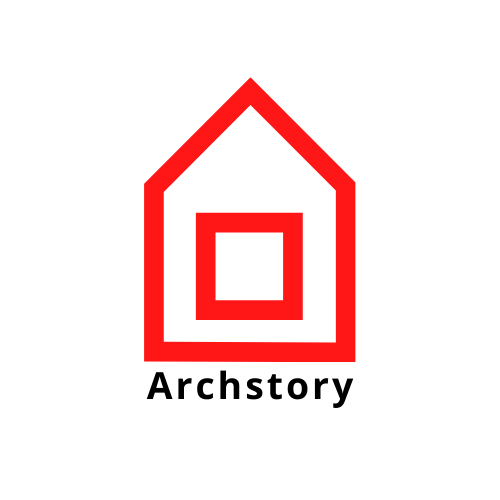
David Chipperfield Architects-Ceramic Art Avenue Taoxichuan Masterplan
징더전은 20세기 중분에 현지 도자기 공장 건물이 대규모로 존재하고 있다. 이 마스터플랜의 첫번째 프로젝트는 부지 서쪽의 기존 건물을 개조하여 도시 구조내에서 활기찬 공공장소로 개발했다. 박물관, 도자기 상점, 도자기 시장과 같은 새로운 기능으로 이 지역은 과거 산업 현장과 연결된다. 두번째 프로젝트에서는 동쪽은 대학, 공연장 및 추가 인프라를 갖춘 공연 예술을 위한 캠퍼스로 탈바꿈했다.
Situated close to the city centre, the urban heritage of Jingdezhen includes an extensive area with large factory buildings from the local porcelain production in the middle of the 20th century. In the first project phase, the existing buildings in the western part of the site were refurbished and developed to become a lively and public place within the urban fabric. With new functions such as a museum, porcelain shops, and a ceramics market, the area forms a connection to its industrial past.
In a second project phase, the eastern side is transformed into a campus for the performing arts with colleges, performance venues, and further infrastructure. David Chipperfield Architects Berlin developed a master plan for this area, not only preserving and converting the existing buildings for re-use but also complementing the urban quarter with new buildings to gain a contemporary presence as part of the broader city context.
A pedestrian promenade leading through the centre of the former production site and a boulevard to its west open up the area in a north-south direction. Along the boulevard, new public buildings are placed such as a Grand Theatre with two venues to the north and a hotel complex and library to the south, establishing the campus as a new city landmark. The new buildings complement the cultural institutions housed in the historic factory spaces, such as the music academy at the heart of the campus. In addition to these public uses, shops and residential buildings are also provided, including student accommodation.
The public character of the inner-city campus is primarily generated by opening the ground levels of the factory buildings to the general public, extending the public outdoor space into the interior. Due to their physical presence and historic relevance for the local porcelain production, the existing industrial buildings give identity and meaning to this area. Their preservation and continued use are therefore essential for the whole master plan.
Photography by Fangfang Tian








from archdaily
